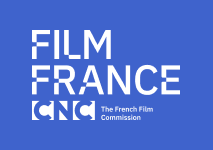Right to the image of persons
The respect of the right to the image of persons follows from the principle of the right to privacy (article 9 of the Civil Code). Any person, whoever he or she may be, has an exclusive and absolute right to his or her image and to the use that is made of it. We do not say that the person gives up his right to the image but authorizes the diffusion of his image.
Consequence for filming: when shots are taken in a train station, an airport, a public garden, etc., the production must obtain the consent of the persons present and appearing in the field.
When these images are broadcast, the commentary or caption must not in any way harm the people filmed.
The authorization must include:
- The name of the production
- The name of the project
- The name of the director
- The context of the shots and the use that will be made of them
- The date
- The signature of the person filmed
In the event of a dispute, it is up to the producer to provide proof of the person’s consent. It is therefore recommended to have a written and signed document.
In certain cases, where tacit consent is considered to exist, the usual practice is to dispense with this authorization: group shots, street scenes, public events.
Advice: avoid close-ups and do not linger on a single person.
Shots of public figures in the course of their duties or during events in their public life are not subject to authorization.
Copyright of the architect
If the photographs are taken of a building that is particularly original and whose architect is alive or has been deceased for less than 70 years, the authorization of the architect or his representative/assignee is required for the photographs to be used.
This authorization is in addition to that of the manager/owner of the filming site.
In accordance with the intellectual property law (article L111-1 of the Intellectual Property Code and following) and as an author, the architect benefits from the right to exploit his work during his entire life and transmits this right to his heirs for the year of his death and for the following 70 years. After that, the work falls into the public domain and its use is free of rights.
The copyright includes :
- A moral right (right to disclose the work, right to set the conditions of its representation, of its reproduction);
- A pecuniary right (right to profit from the work).
To obtain the authorization to exploit the image of the work, it is advisable to contact the architect himself or the owner of the property (who can be mandated by the architect for the management of this right) or a society of management of the royalties such as the ADAGP or the SAIF.
Permission may also be granted free of charge.
ADAGP – Audiovisual Service
Practical tip: ask about the protection of recent buildings when you locate them. Their presence in the image may require additional authorizations that do not depend on the owner/manager of the site.
If you are unsure about paying rights to the architect, you can contact Film France CNC and the network of local film commissions.
The use of clearance specialists can be helpful.
Image rights of private property
The owners do not have an exclusive right on the image of their property (2004 jurisprudence of the Court of Cassation).
If an owner wishes to oppose the use of the image of his property by another person without his authorization, he must prove that this use causes him a certain disturbance and that this disturbance is abnormal. If there is no abnormal disturbance to the owner’s right of enjoyment or to his right to privacy, the exploitation of the image of his property by a third party without his authorization is possible.
It is up to the owner to prove the prejudice and the abnormal and certain disturbance of his rights in order to engage the responsibility of the production or the diffuser of the image.
Practical consequence: to shoot in a street, it is not necessary to obtain the authorization of the owners of all the buildings, houses…
Image rights of the National Domains
Some national monuments belonging to the Domaine National benefit from an image right: Domaine de Chambord (Loir-et-Cher), Domaine du Louvre and Tuileries (Paris), Domaine de Pau (Pyrénées-Atlantiques), Château d’Angers (Maine-et-Loire), Palais de l’Elysée (Paris), Palais du Rhin (Bas-Rhin).
Article L.621-42 of the Heritage Code states that:
“The use for commercial purposes of the image of the buildings that constitute the national domains, on any medium, is subject to the prior authorization of the manager of the relevant part of the national domain. This authorization may take the form of a unilateral act or a contract, with or without financial conditions. The fee shall take into account the benefits of any kind accruing to the holder of the authorization. The authorization mentioned in the first paragraph is not required when the image is used in the context of the exercise of public service missions or for cultural, artistic, educational, teaching, research, information and news illustration purposes.”
The objective of the law is to protect the notoriety of the Domaine National, to put an end to the abusive use of its representation by association of images with commercial products.
Advice: it is necessary to contact the persons in charge of the authorizations of filming and/or valorization of the heritage of these Monuments even if the film crew does not settle in the enclosure of the Domain.
Advice
Specialist agencies or lawyers can be called in to find the rightful owners of the works, brands and any other elements protected by intellectual property and industrial property law that will appear in the image, and to negotiate the necessary authorisations.
Specialist agencies or lawyers
Non-exhaustive list

